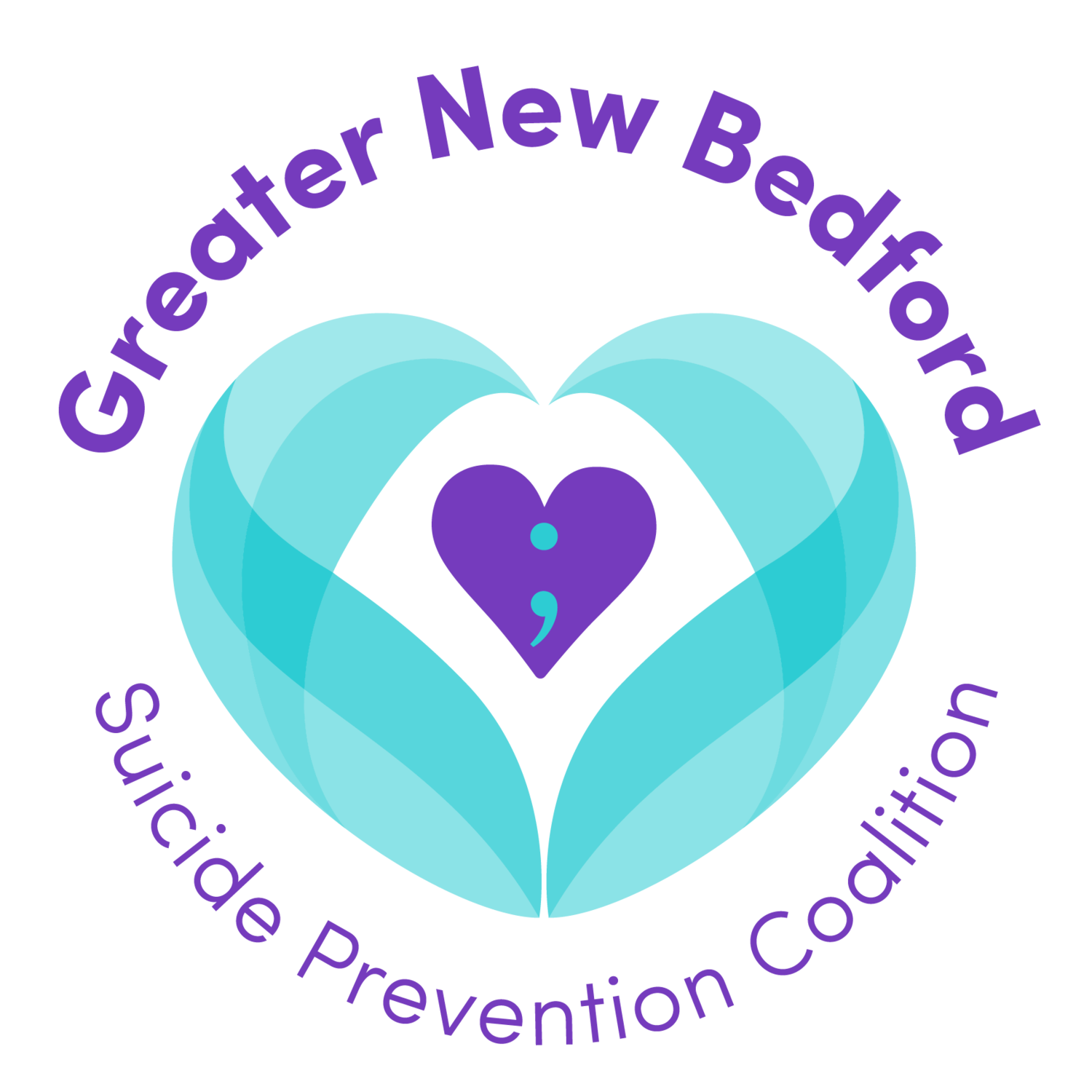Vision of Success
Suicide is viewed as a preventable public health problem.
Individuals experiencing mental illness, substance abuse, or feelings of suicide feel comfortable asking for help, and have access to appropriate services in their communities.
Suicide prevention services are provided in an integrated manner so that people receive the comprehensive coverage and support best suited for their individual needs.
Suicide prevention activities incorporate elements of resiliency and protective factors as well as risk factors.
Prevention strategies grounded in the best evidence available are used in cities and towns across the Commonwealth.
There is a strong, diverse, state-wide suicide prevention coalition in every part of the state, as well as local community coalitions.
Institutions and organizations include mental health, suicide prevention, and risk and resiliency efforts as part of their health and wellness benefits, policies, curricula, and other initiatives.
Suicide prevention is supported by public and private funding sources.
There is a general public awareness of suicide prevention efforts in the Commonwealth and willingness to assist those who may be in the need of help.
The Massachusetts Youth Risk Behavior Survey, (MAYRBS) an anonymous written self report survey of youth in public high schools in Massachusetts, indicated that in 2011:
13% of students seriously considered suicide during the past year, 12% made a suicide plan and 7% made an attempt
25% of high school students reported feeling so sad or depressed daily for at least two weeks during the previous year that they discontinued usual activities.
In 2015, 631 persons died of suicide in Massachusetts. Suicide rates increased an average of 2.6% per year between 2005-2015. The overall increase was 27.4%; from 7.3 to 9.3.
Learn More

